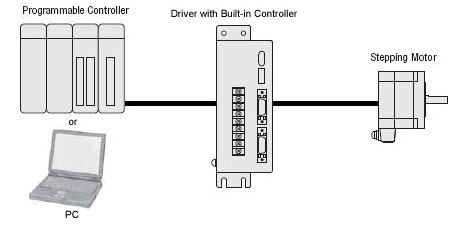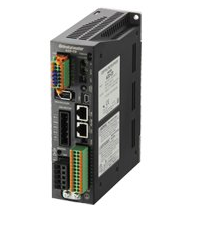Drives for stepper motors can have inputs that are either ac or dc. What happens inside the drive is that the input signal is converted to a series of square wave pulses that are applied to the motor’s windings to power the motor and produce motion.

However, stepper motors themselves function as ac motors (they are generally considered to be asynchronous machines) because even a dc input is converted to a square wave to drive the individual motor windings. In the case of stepper motors, more applied voltage causes a faster current rise in the motor windings. So in general, higher ac voltage inputs will create more torque.

Pairing the right drive with the right motor is critical to optimal stepper motor performance. For instance, higher speeds can be obtained by faster switching rates. But this depends on the inductance in the motor windings. However, increasing the drive voltage helps to overcome this limitation but can also create issues with higher currents as well, which must be limited so as not to damage the motor windings.


Leave a Reply
You must be logged in to post a comment.